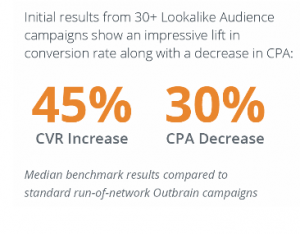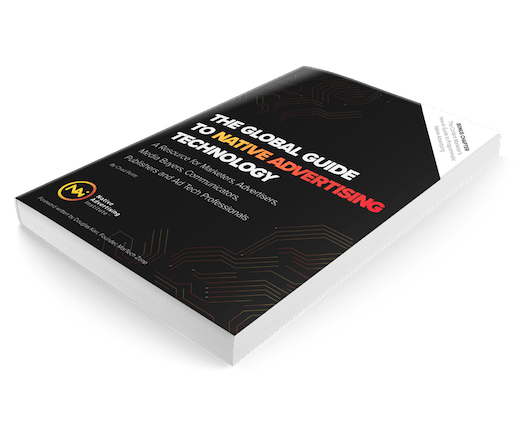The concept of distributing content by targeting lookalike audiences is pretty simple to understand and has been around since 2013 for just a few ad tech and social media companies. It works like this – a marketer takes their data segments (email list, CRM data, etc.) of their best customers and uploads it into the chosen vendor.
The vendor than processes the data to identify similar interests and/or traits across the data. The idea is that current customers interests and/or traits should be fairly similar to prospective customers interests and/or traits.
These lookalike-type solutions all have some sort of machine learning, natural language processing, artificial intelligence and big data behind them. LinkedIn just released an updated version of its lookalike targeting called, “Matched Audiences,” in April. Its first foray into it was in 2015 with Twitter jumping in the pool in 2014.
Why is native advertising moving towards lookalikes?
To sum it up in one word – efficiency. Brands are demanding scale, efficiency and transparency compared to previous eras of online advertising. Look no further than P&G’s Chief Brand Officer, Mark Pritchard. He said that they don’t "want to waste time and money on a crappy media supply chain.”
It’s not just programmatic native moving in this direction, either. Display is moving this direction, too. The technology to collect, handle and make conclusions in real-time with such large volumes of data just started coming online four years ago and it’s getting better constantly.
Outbrain’s new lookalike solution
It’s good to see Outbrain join the ranks of the lookalike club. They weren’t the first and they won’t be the last, either.
They’re initial results look impressive. One of its advantages over some of the lookalike solutions above is it allows marketers to extend past the walled-gardens of social media. This solution bridges the data divide between the content people share and the content they consume outside of social media.

Outbrain tracks billions of content engagement data points from people across the web. According to Justin Lapidus, General Manager at Brooklinen, “When we compare this to the results seen from comparable and complementary campaigns on social networks we see 15% more conversions within the same day."
Outbrain refers to the first party data that’s loaded into the system as the “seed audience” and suggests the lower it is in the buyer’s journey the better the lookalike audience will be for performance.
Why use Outbrain’s Lookalike Audiences?
Aside from what’s been quoted and shared above they identify three main reasons.
- Performance – Marketers see consistent decrease in CPA and an increase in CVR.
- Efficiency – Its decision engine automatically learns and scales campaign converters in real-time. This means no manual upload of seed audiences mid-campaign.
- Scale – 500 million global users across 80% premium publisher sites means you'll reach more potential converters who look and act like your top customers, increasing the number of conversions you get for a given CPA.
The above represents the next phase of maturation for programmatic native advertising. While social media and social sharing represents large swaths of online users, the combined audiences of premium online publications around the world is much bigger.
By marrying lookalikes with real content engagement and the interest graph, marketers now have a much more efficient, scaleable and transparent way to distribute content outside of social media.
Get your copy of ‘The Global Guide to Native Advertising Technology’
 By
By 
